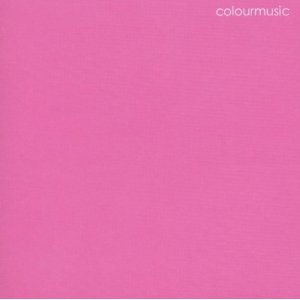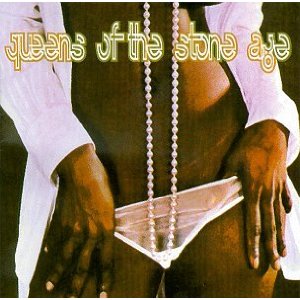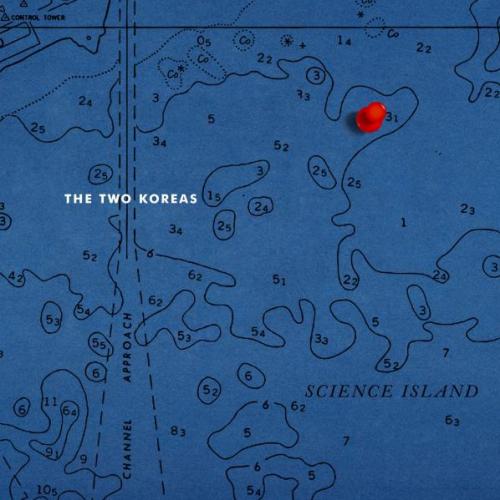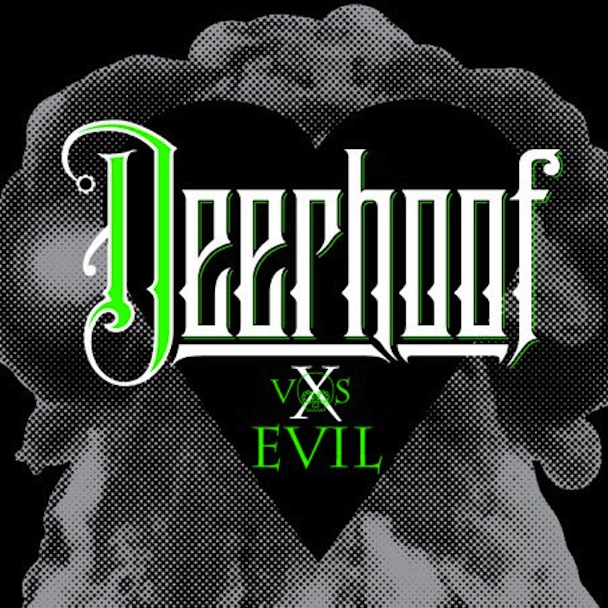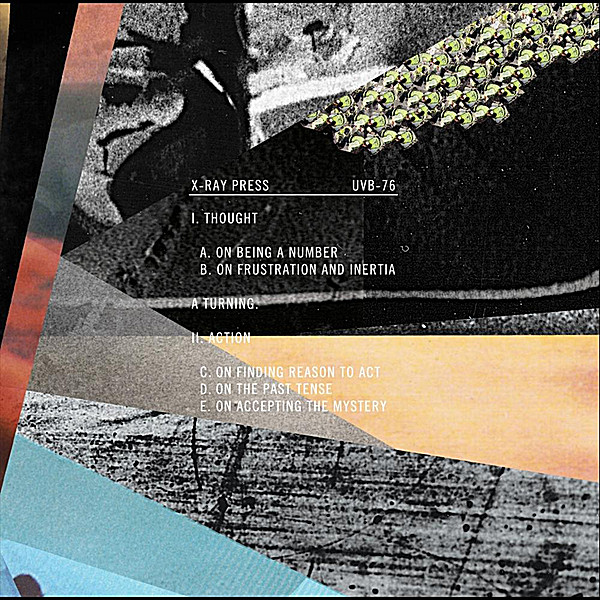
It seems that there are only a few ways that a band with any hope for longevity can sustain itself. On the one hand each album can be a stylistic world apart from all previous work (Liars, of Montreal), or the artist can continue to grow and shape their sound as a bit by bit process (Dan Deacon, Marnie Stern, Sonic Youth). After listening to Man Man’s latest, “On Oni Pond,” I think that it is safe to say that they are firmly in the 2nd camp.
Those two paths, by the way, don’t carry any judgments with them. Both have their merits. The main benefit of taking the latter route is that the band’s style is developed along with expectations of what the music should be, there isn’t so much of an element of surprise. This can be a very good thing, especially in the case of a band that started out by sounding so strange, like Man Man.
Their first album had both the Frank Zappa and Tom Waits dials turned up pretty high. Over the years those edges seem to have worn themselves down a bit. Honus Honus’ voice has smoothed significantly, though he can still call upon a little bit of the grittiness present on 2004’s “The Man in a Blue Turban With a Face.”
That gritty weirdness has been pushed back far enough that some charming hooks are allowed to shine. A song like “Head On,” with it’s soft staccato keys and sustained string parts, combined with the chorus that implores us to “Hold onto your heart/hold it high above the waters/never let nobody drag it under/even when the whole world’s bitter/never let nobody take it over.” A lyric like that is damn near uplifting, something that would have never happened on some of the earlier releases, yet it doesn’t sound like that much of a stretch on this album.
So many of the tracks on “On Oni Pond” sound ready for a bit of a wider audience. Though the overall sound sacrifices little, except maybe higher production quality, the weirdness is still there, you just might have to listen for it a bit more. Well, sometimes you don’t have to listen that closely; the opening lyric of the album states “It’s the way that your kiss condemns me/it makes me feel like I’m in Guantanamo.” The song continues to slyly mention waterboarding and other unpleasantries like being thrown under a bus or grinding teeth to dust. And the reason that “Pink Wonton” works so well as the album opener is that it serves as a point of reference.
The thumping synth groove of “Loot my Body” is funky in a way that maybe of Montreal’s “False Priest” is funky. Another good thing about introducing yourself as a band that is perhaps a little bit off-kilter is that you can pretty much get away with experimenting a little bit more. If you are collecting all of these sounds and styles, why not let them all out once in a while?
Overall I think that “On Oni Pond” shows a band that I never thought would grow up, grow up. It’s really for the best, because if you start with a certain schtick and then stick with it for the sake of sticking with it it tends to grow tired pretty quickly. I like when bands seem to take a step back and listen to themselves, learning where the music wants to take them. It’s that natural process of evolution that can be exciting. This is an album worth checking out if you have been a fan of Man Man, but especially if you haven’t been to this point. I think “On Oni Pond” can serve as a good starting point for those unfamiliar with their music.
“On Oni Pond” is currently available as a download on iTunes, or on CD or 2xLP from Anti- records (as are some Tom Waits’ records, by the way). They are also currently on an extensive tour across the US.
Web//iTunes//Purchase//Twitter (Man Man)//Twitter (Honus Honus)//




